Many troops lost their lives throughout the war, not just from injuries but also from other infections and diseases. The Royal Army Medical Corps handled most of the medical services throughout the First and Second World War.
The prime objective of RAMC is to immediately respond whenever a wounded patient is called to their attention. The treatment programme remained unchanged during the Second World War but was enhanced and then further refined. The transportation of all the casualties were not only done via road but also through air.
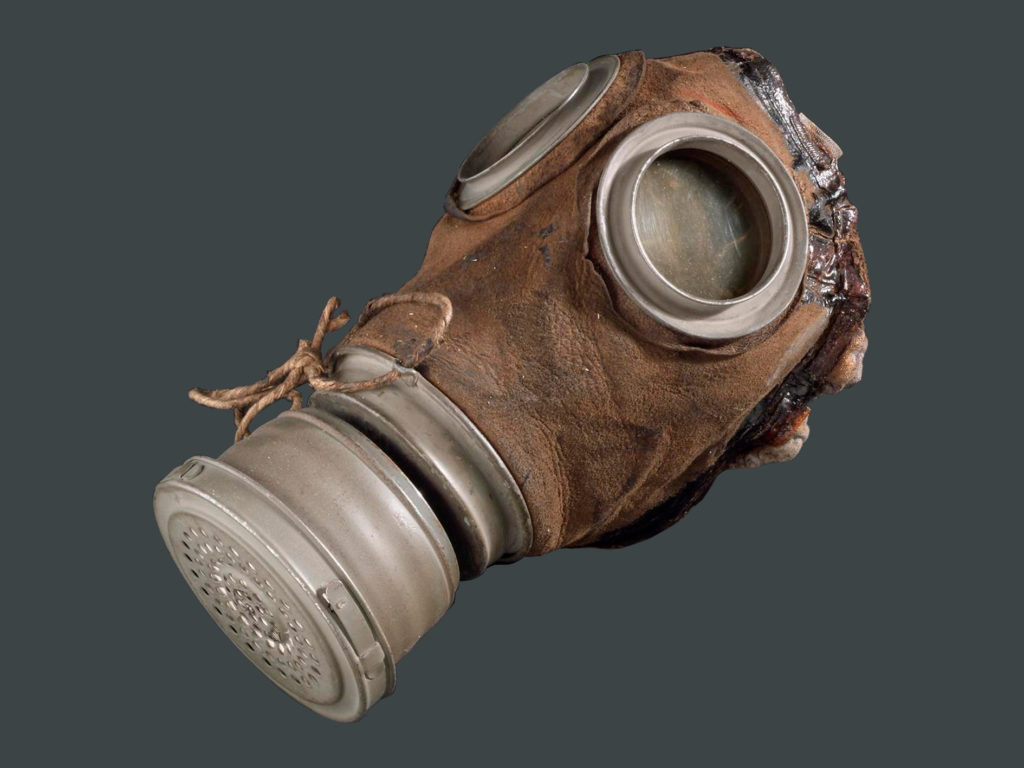
Can Poison heal?
WWI saw the introduction of inhaled poisonous gases. The study of these gases demonstrated that synthetic molecules could kill cells.
It took some time, but eventually from this research molecules were produced that could kill cancer cells. This developed into the treatment known as chemotherapy.
(Gas mask, Germany, 1915-1918)
Keeping it Safe to Save
Penicillin is a kind of antibiotics that treat infection and save countless lives.
Wartime patriotism during WWII boosted mass penicillin production in the UK and US to suit constant supply on battlefields, hence the need for secure transport.
The medicine is used today mainly for treating throat infections, meningitis, syphilis and other bacterial infections.
(Wooden chest for transporting penicillin during WWII, 1942 – 1945)
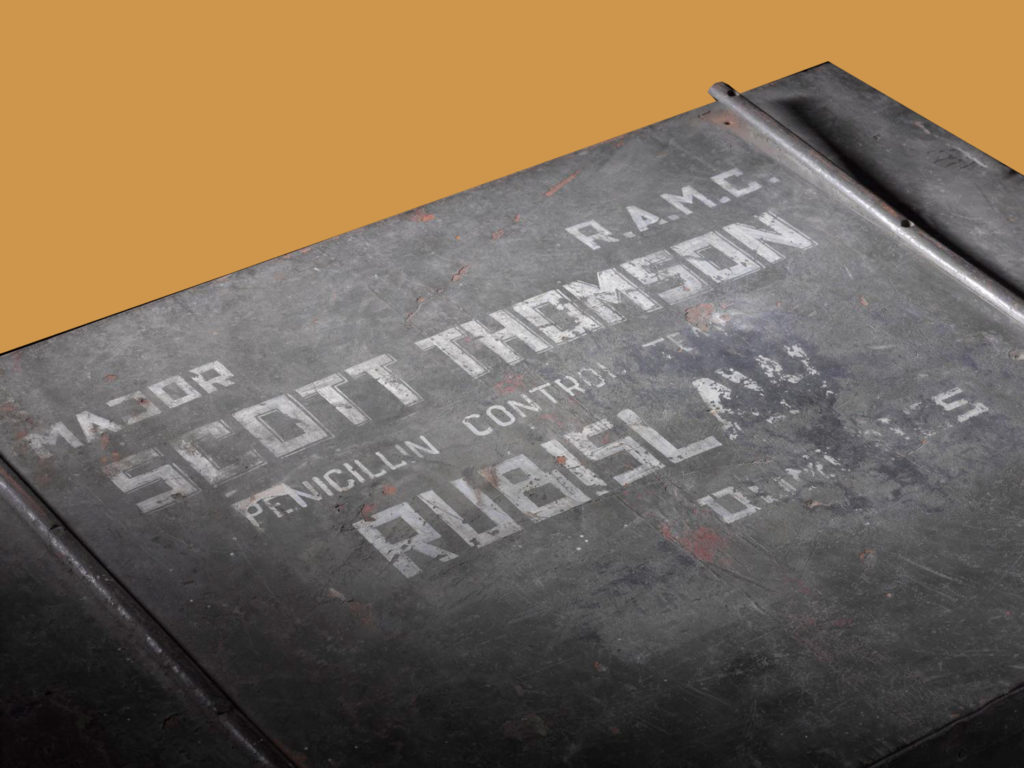
French physician Dr. Alexis Carrel said, “Science has perfected the art of killing: Why not that of saving?”
Speed Matters
An autoinjector was first invented as an early defense line against nerve agents and chemical warfare on the battlefield. During the Cold War, the design permitted quick and simple injection of vital medication. The “EpiPen” was developed using this technology.
People with severe allergies now frequently carry these handheld devices.
(EpiPen – Auto-injector)
Photo Credit: Wikimedia Commons
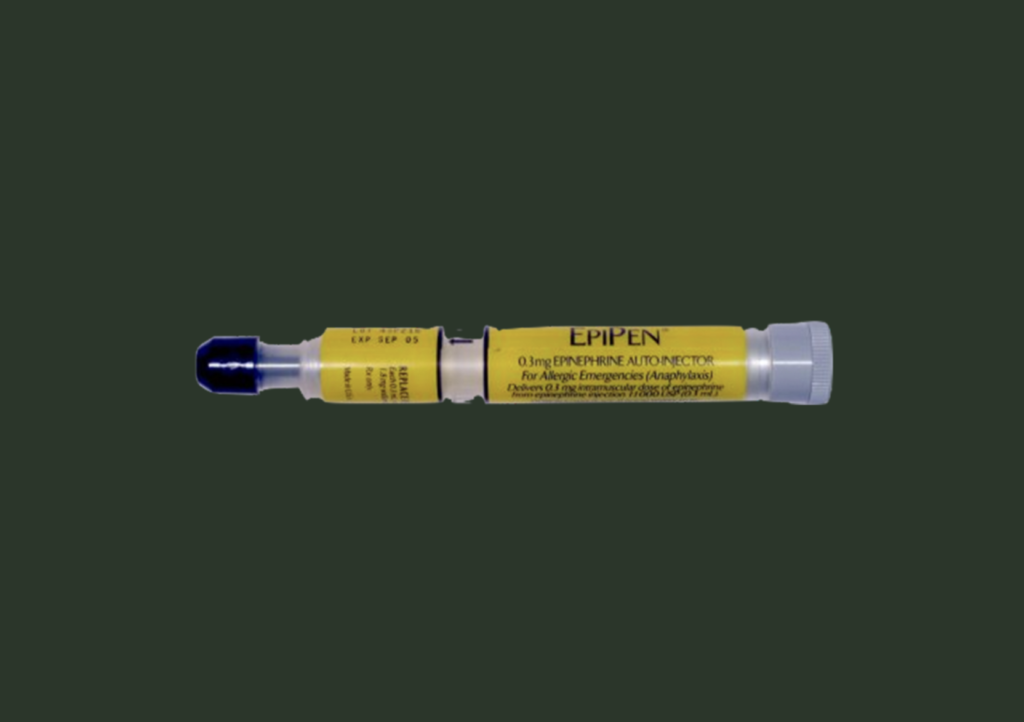
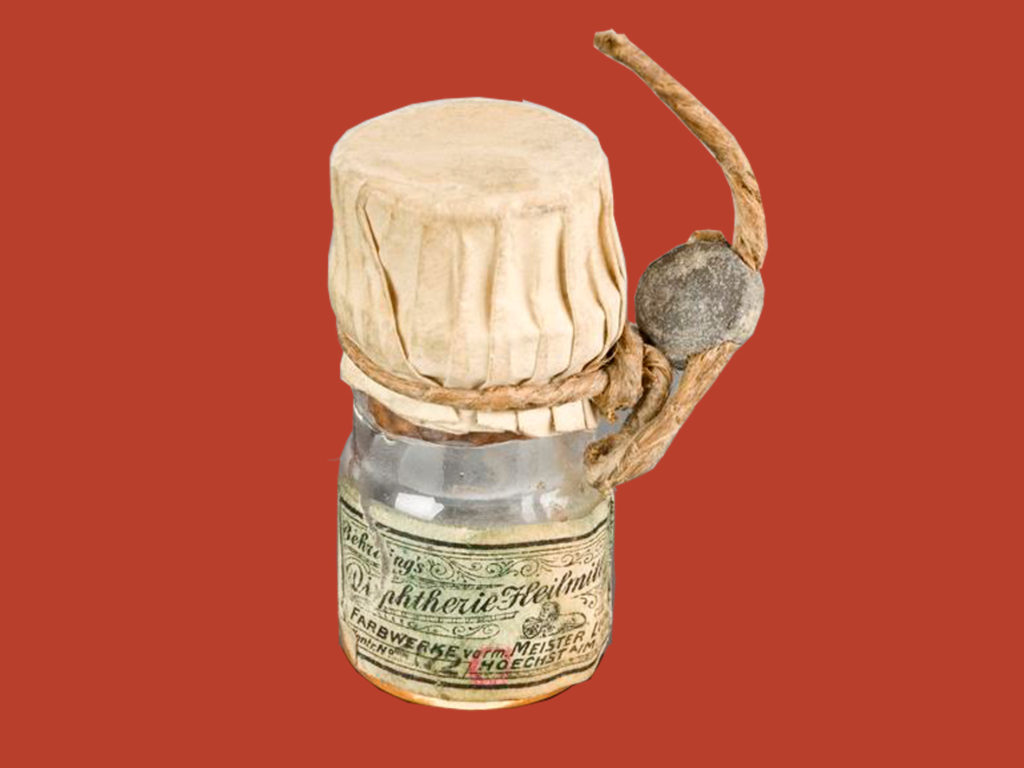
A Shot to Save
During the war, infectious diseases spread more rapidly due to poor sanitation. Diphtheria is a serious infection that can be fatal and cause respiratory issues and irregular heartbeats. The first diphtheria serum was developed in 1891, and Emil Adolf Von Behring refined the vaccine in 1913.
The Food and Drug Administration (FDA) authorised the diphtheria vaccine in 2002.
(Bottle of Behring’s Diphtheria remedy)
Continue exploring the exhibition…
Using objects from the Science Museum, this exhibition invites you to follow us on a wounded soldier’s 4 stage treatment journey focusing on medical innovations that still impact us today.
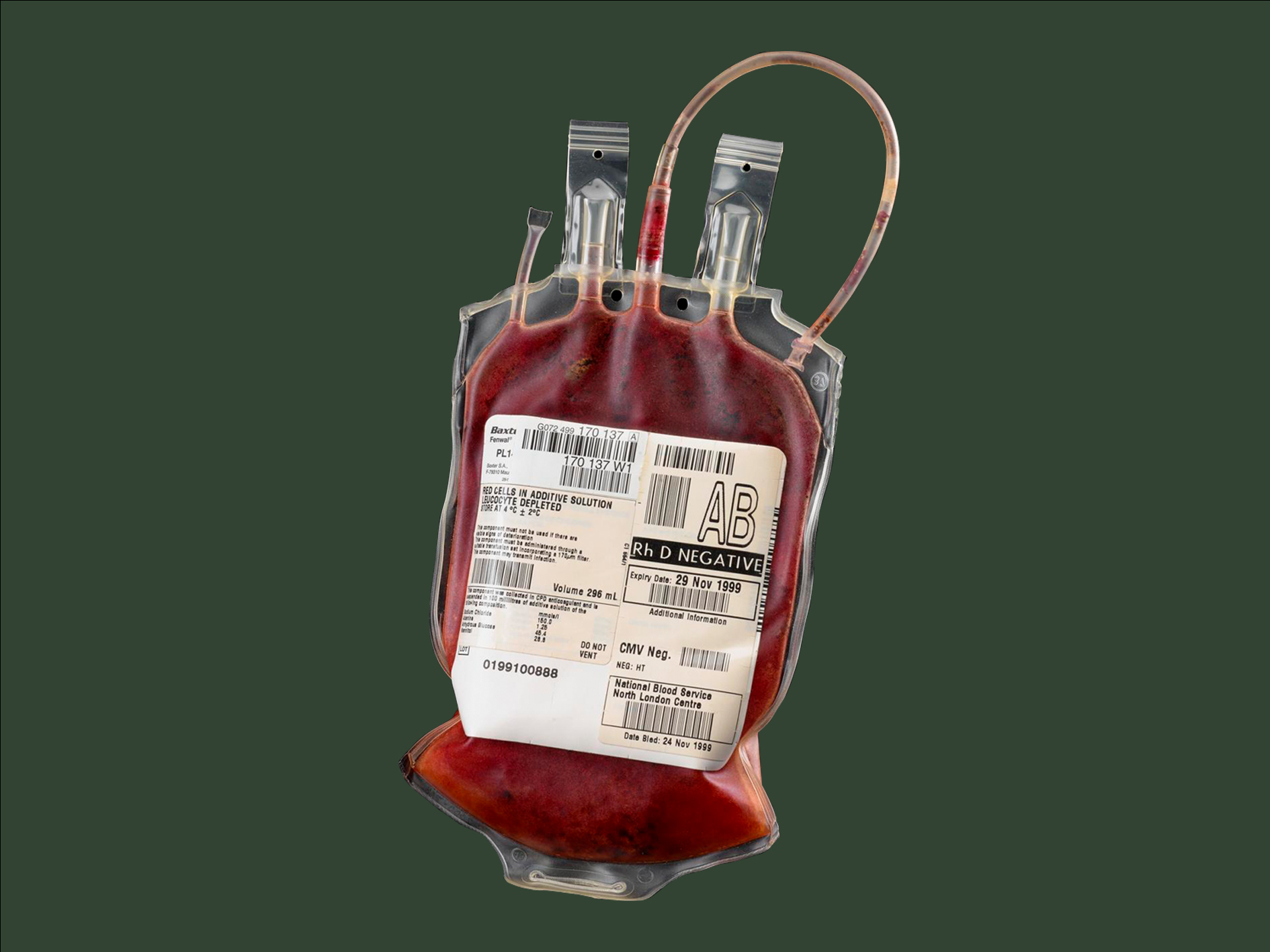
Stop the blood!
Historically, half of all soldiers killed in action die from blood loss, 80% of which die within the first hour… Read More
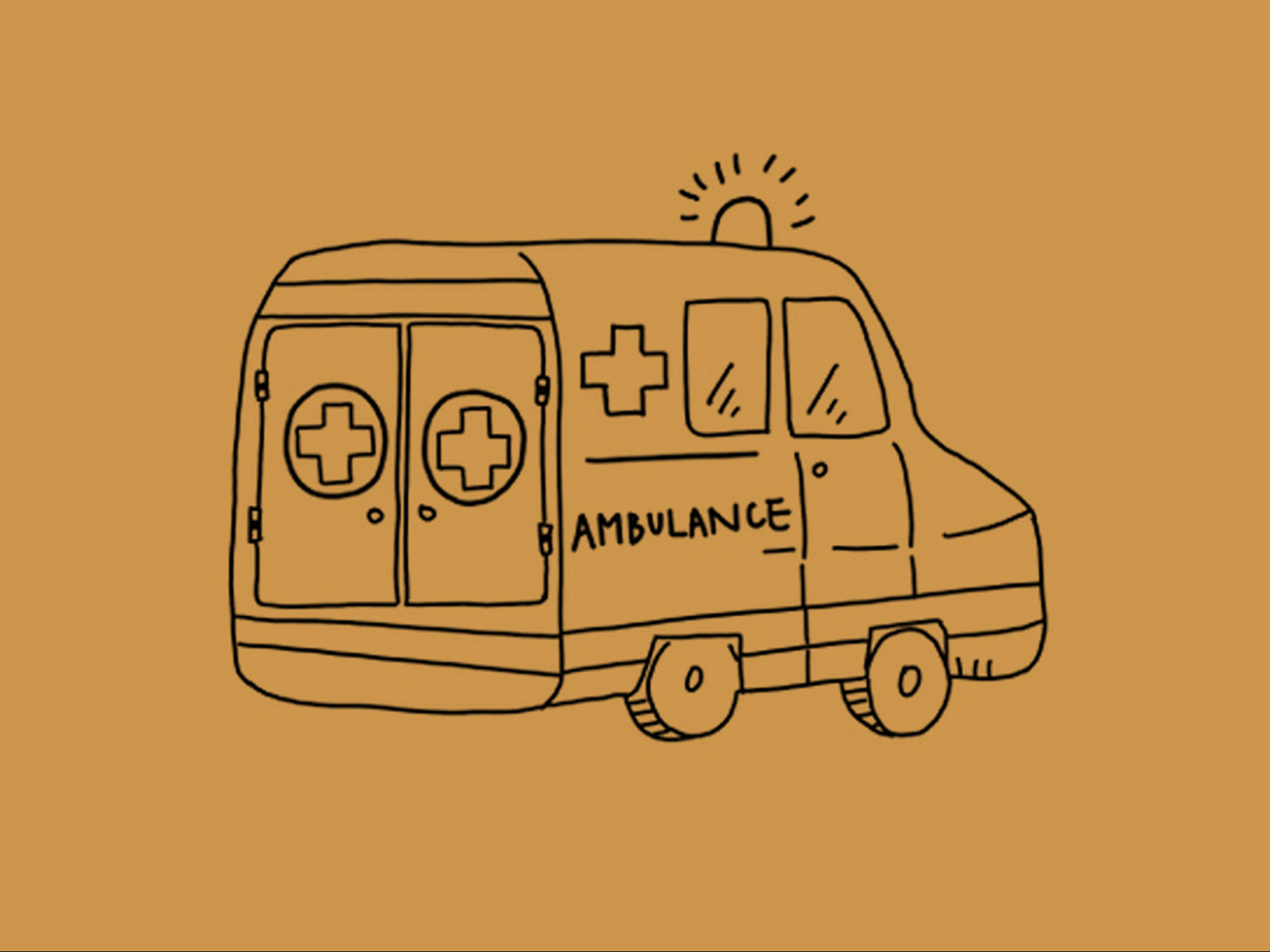
Move!
After basic treatment procedure on battlefield, it’s crucial to carry wounded soldiers to hospitals within limited time… Read More
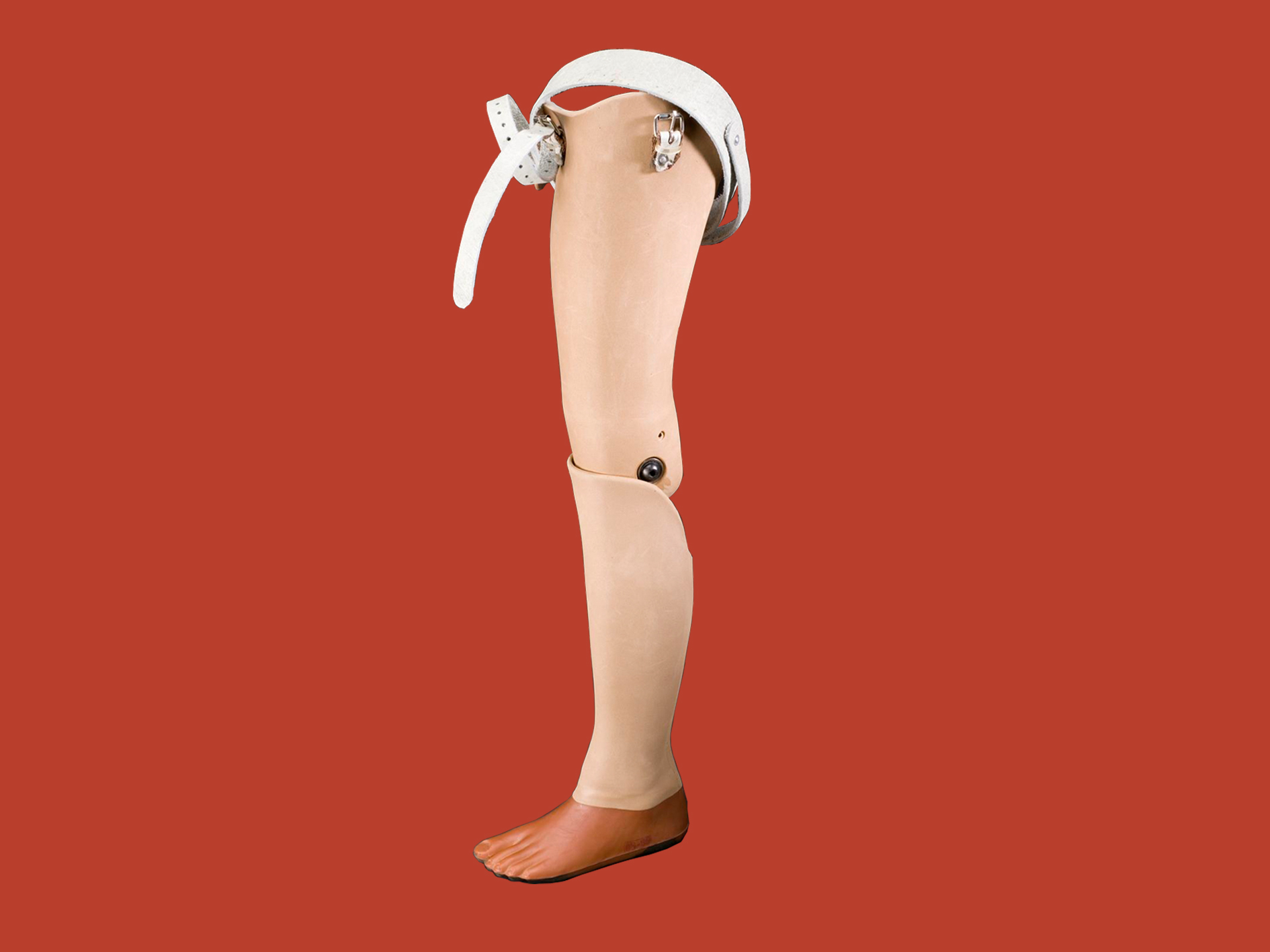
Progress Not Perfection
Recovery aims to help the patient to move on with their life and to restore their health and quality of life…

In a Heart Beat: War as a Catalyst for Innovation
Back to Home Page